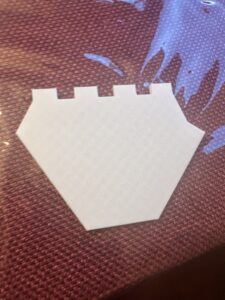Week 6 Blog
April 24, 2024
This week, I delved into researching motor mechanisms. Through thorough investigation and experimentation with interface functionalities, I gained valuable insights into how servo motors operate and their potential applications in my project.
Servo motors, comprising DC motors, gears, control circuits, and feedback systems, intricately convert electrical energy into precise mechanical motion. The DC motor, powered by electricity, rotates its shaft, linked to gears for amplifying torque and ensuring accurate control. The control circuit, often integrating microcontrollers or specialized servo controllers, interprets input signals, typically in PWM pulse format, to dictate the motor’s desired position. Simultaneously, the feedback system, employing devices like potentiometers or encoders, continuously compares desired and actual positions, facilitating real-time adjustments to minimize discrepancies.
In my project, servo motors play an important role in pulling the strings to curl the fingers of a prosthetic arm. However, I encountered a challenge: servo motors’ size poses spatial constraints in the wrist area. Despite this, their programmability and precise control offer significant advantages, enabling tailored finger movements to achieve a closed fist, for instance. To address this spatial limitation, my next step involves 3D modeling housing designs, strategizing on efficiently accommodating multiple motors to align with the project’s objectives.
Furthermore, I have successfully designed and 3D printed a version of the palm to which all the fingers will be attached. I plan to refine the model to give it a more realistic appearance resembling an actual hand.

Now, I’m itching to dive into the next stage: adding the electronics that’ll make this model truly functional. Next week, I’m all about circuitry and microcontrollers, setting the stage for the prosthetic arm’s capabilities. Let’s bring this project to life!

Leave a Reply
You must be logged in to post a comment.